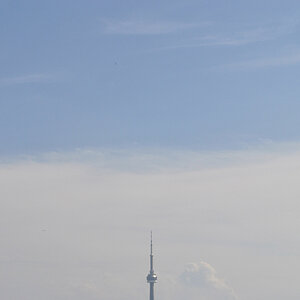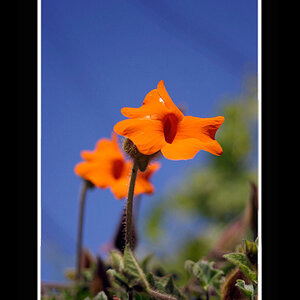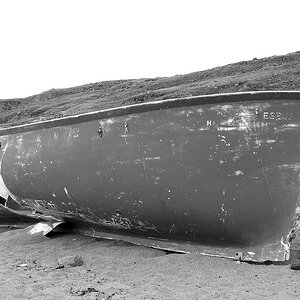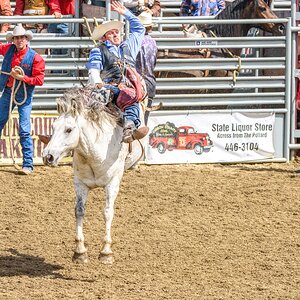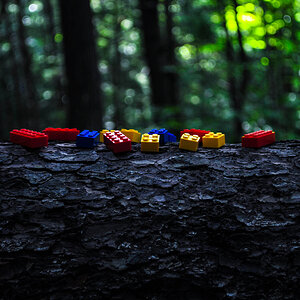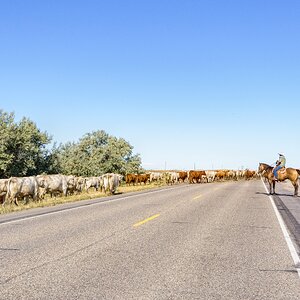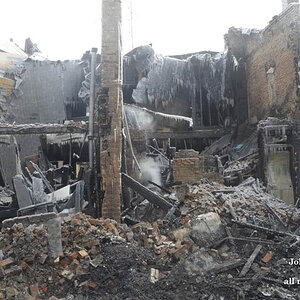Borad
TPF Noob!
- Joined
- Sep 17, 2014
- Messages
- 323
- Reaction score
- 21
- Can others edit my Photos
- Photos OK to edit
I have a nice view from a fairly tall building so I like to zoom then digitally enlarge to see what I can see. I know I want my next camera to save in raw format, but how significant is the difference between lossless and lossy? I read that the raw on some cameras is lossy and they don't tell you and I'm not sure how worried I should be about that.


